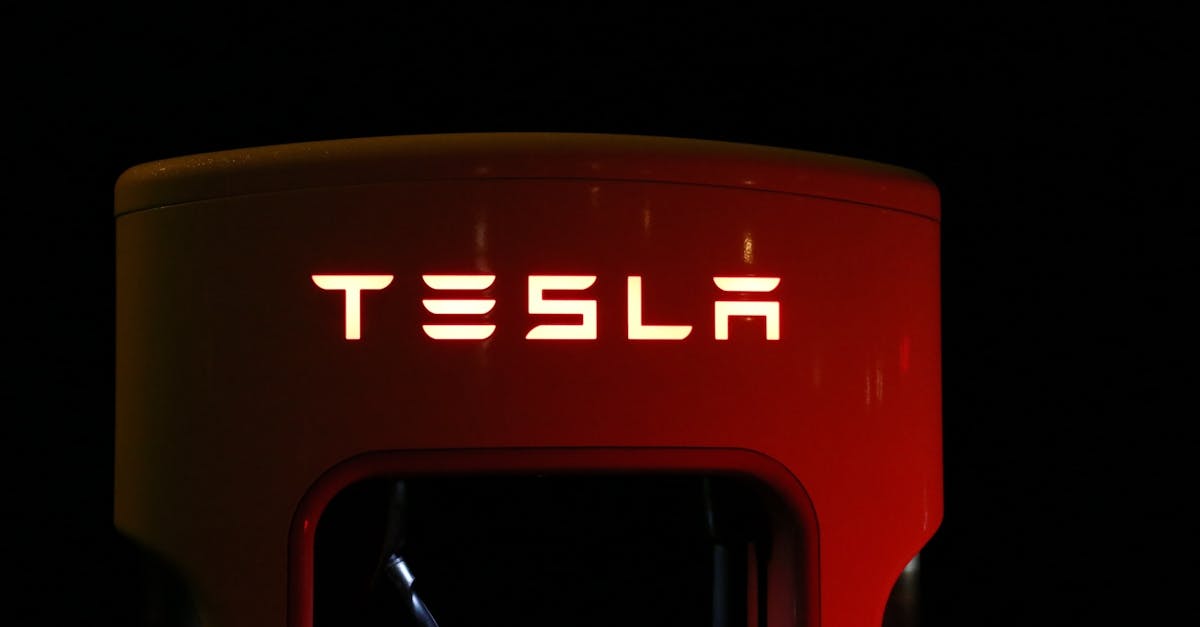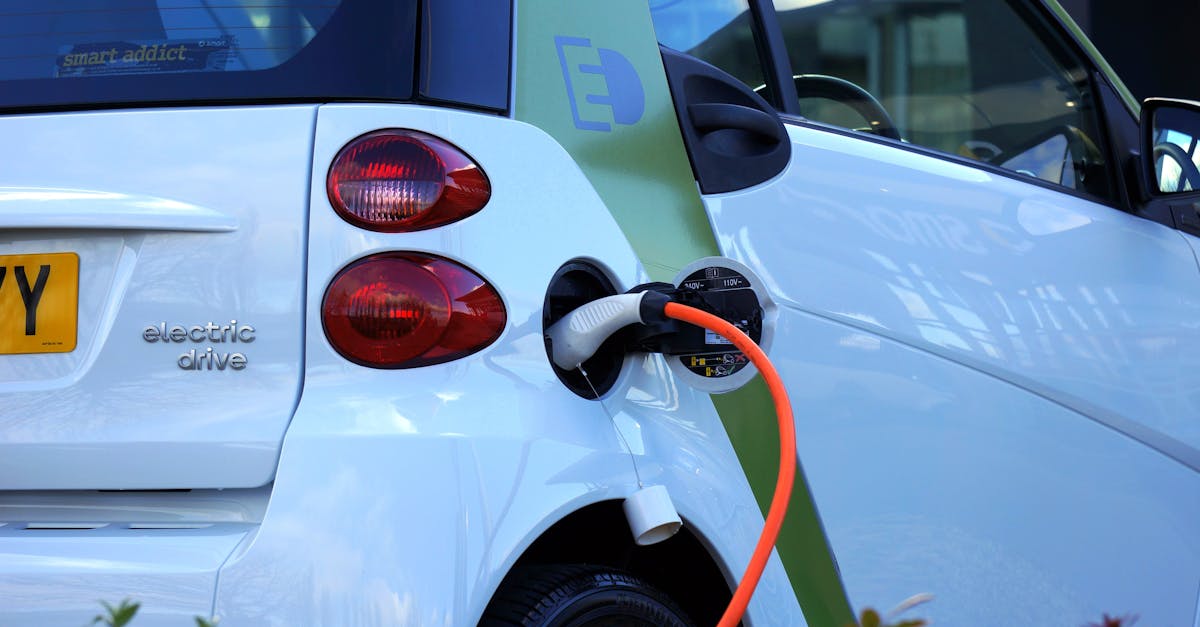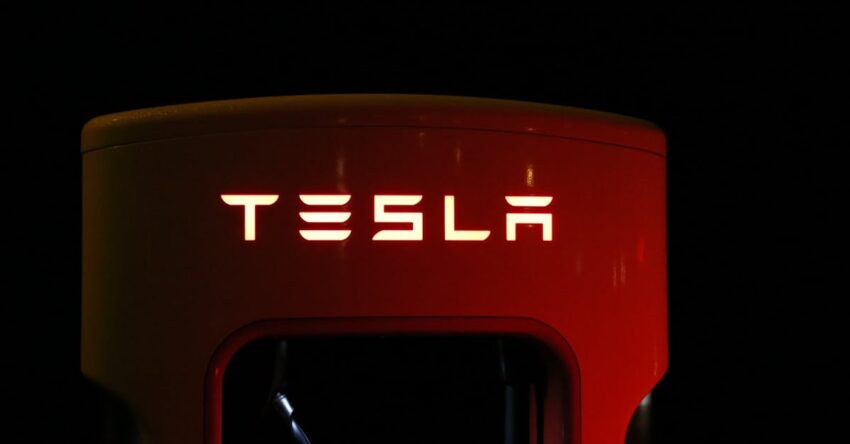Your wallet might feel the pinch every time you plug into a public charging station, but there’s an exciting alternative. Imagine being the captain of your own ship, steering towards savings by considering a DIY EV charger installation in your garage. Not only does this approach provide you with convenience and control at home, but it also sparks a sense of accomplishment as you become the electrician of your own electric dreams.
Think of this project like planting a tree. It takes some effort upfront, but it grows to offer shade and comfort over time. By setting up your home EV charging station, you ensure that your vehicle has a dedicated and reliable source of power whenever needed. Navigating through the complexities of circuits, subpanels, and electrical service boxes might sound intimidating, but breaking it down into simple steps makes it as manageable as a Sunday DIY project. Plus, knowing about cable and breaker safety ensures that you can safely handle your ground fault currents and conductor gauges.
Ready to stop wasting money and take control of your electric vehicle charging needs? Dive deeper into the details and discover how easy it is to bring your own charger installation to life. Take the first step towards independence and savings today!

Inside the article
Essential Tools and Materials
First, you’ll need to gather all your tools and materials. Doing this beforehand saves you time and effort later on. Here are some essential tools:
- Voltmeter
- Drill
- Safety gear
A voltmeter helps you check the electrical connections. A drill is necessary for mounting your charger. Don’t forget safety gear, like gloves and goggles, to protect yourself. It’s important to have everything ready before you start.

Photo provided by Kindel Media on Pexels
Steps for DIY EV Charger Installation
Preparing the Area
Start by choosing a convenient spot for your DIY EV charger installation. Make sure it’s near your power supply and easy to access. The ideal location should also be safe and secure.
DIY EV Charger Installation Process
Mount the unit securely on the wall. This ensures that your charger stays in place during use. When mounting:
- Ensure proper alignment.
- Follow manufacturer guidelines.
Proper alignment avoids any unnecessary strain on cables. Always follow the manufacturer’s instructions as they provide specific details you need to know.
Connecting to Power
Once mounted, it’s time to connect the charger to power. Use your voltmeter to safely check the power connections. Make sure everything is secure and there’s no risk of short circuits. This step is crucial for safety.

Testing Your Home EV Charging Station
Before you start using it, verify all the connections are secure. This ensures your home EV setup functions properly.
- Test using your electric vehicle.
- Ensure proper functioning.
Testing the setup with your vehicle helps you know if everything is working well. If the charger functions as expected, you are all set.

Common Mistakes in Installing EV Charger
When installing an EV charger, certain pitfalls can occur. Here are Common Mistakes you should avoid:
- Improper grounding
- Insufficient power capacity
Improper grounding can lead to safety risks, so it’s critical to get this right. Also, ensure your power supply can handle the charger’s needs to avoid insufficient power capacity.

Photo provided by Kindel Media on Pexels
Maintaining Your Home Electric Car Charger
Regular maintenance is key to a long-lasting charger. Inspect your setup often for issues.
- Check cables for wear.
- Clean connections periodically.
If you find any wear on cables, replace them promptly. Periodic cleaning of connections helps maintain good electrical contact. Professional ensure safe installation by preventing accidental mishaps. By following these simple steps, you can enjoy a smooth and efficient home charging experience.
Wrapping Up Your Charging Journey
Installing your own home EV charging station comes with great benefits. You save money, gain independence, and enhance your home’s value. Plus, you get to enjoy the convenience of charging your vehicle right at home anytime you need. Keep these benefits in mind as you embark on your charging station journey.
Now, let’s talk about your next steps. Start by gathering all the necessary tools and materials. Check your electrical service box for compatibility with your setup. Consult with a local expert if needed to ensure safety and correct installation. These initial steps will set you up for success and a smooth installation process.
So why wait? Take the first step today and start planning your home charging station. Dive into this project with confidence and soon, your vehicle will have its dedicated charging spot. You’re powered up to make this change!
